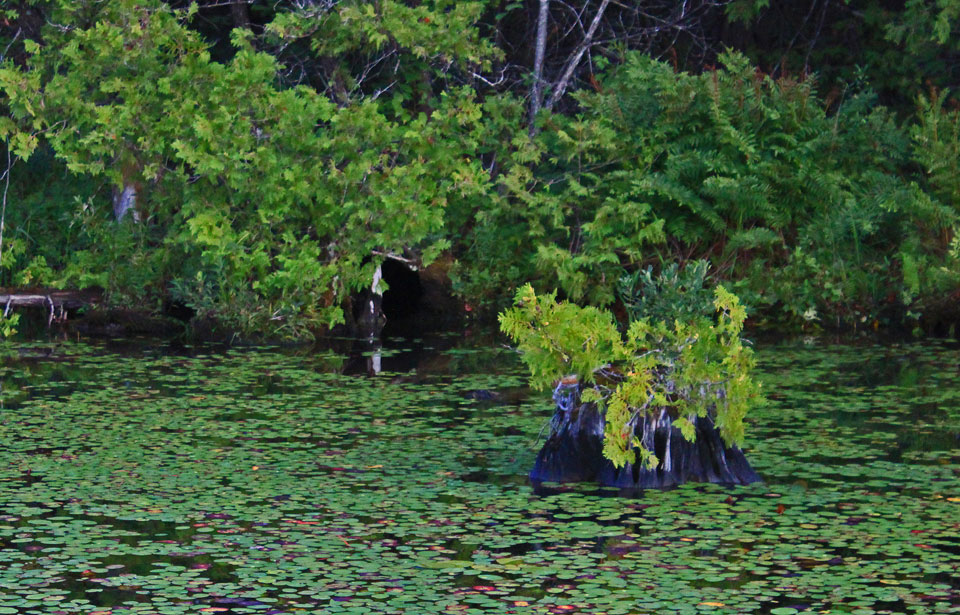A miniature water garden will offer critical breeding habitat for insects and amphibians while remaining in reach of physically challenged students.
- A whiskey barrel cut in half makes an attractive schoolyard mini-pond. A variety of sturdy plastic, clay, or concrete containers will also do.
- If you use a half barrel, first rinse it thoroughly by filling it with water and dumping it every couple of days for about a month. This process should also expand the slats enough to seal the container. You can omit this step if you use a rigid plastic liner inside the barrel.
- Place the container close to a water source but away from shedding trees and shrubs. Pick a spot that receives no more than three hours of direct sunlight each day; otherwise, algae will grow out of control.
- Fill your pool with water, then wait at least 36 hours for chlorine to evaporate before adding plants. Place native aquatic plants in pots, soaking them thoroughly before submerging them in the tub. The best soil is heavy garden loam mixed with a bit of clay and well-rotted, not dried, cow manure. To keep the water from becoming cloudy, top the soil with a thin layer of coarse sand or pea gravel.
- Place the pots on submerged flat rocks or bricks within the water.
- Add water each week, letting the pool overflow for a few minutes. Rainwater is best. Otherwise, use water from a second container that has sat long enough to eliminate chlorine.
- Before winter freeze-up, remove the plants and store them in a cool, dark spot such as a basement. Keep the soil evenly moist, not wet. By spring, your plants may look quite forlorn, but they’ll soon perk up in their mini-pond.
- Empty water from the container before winter, scrub it well (no chemicals, please), and leave it empty until spring.



